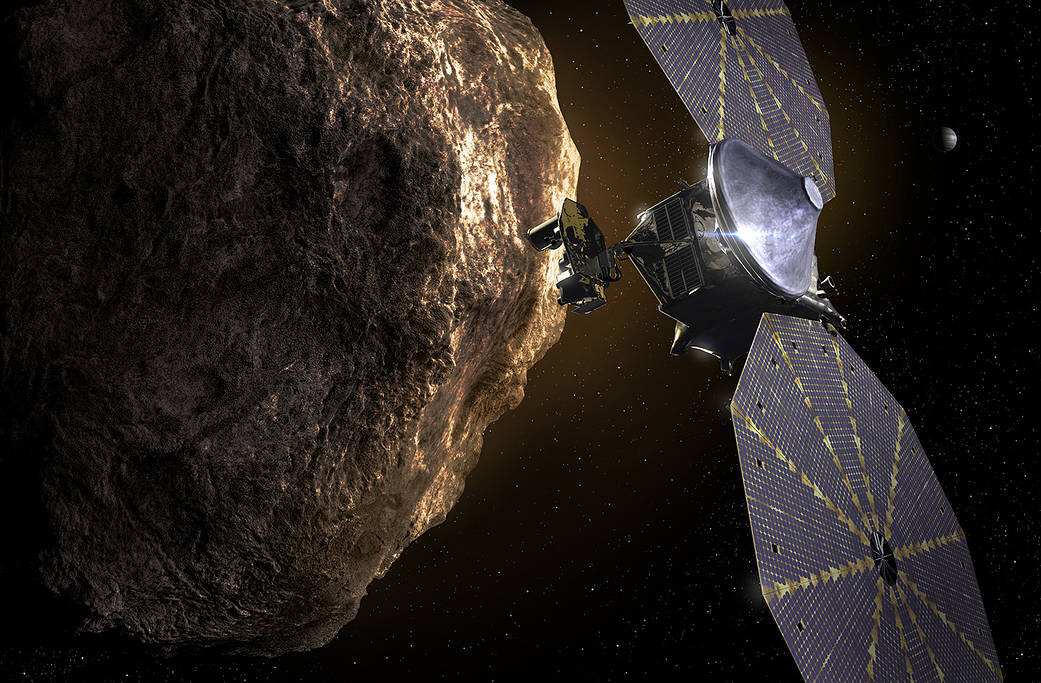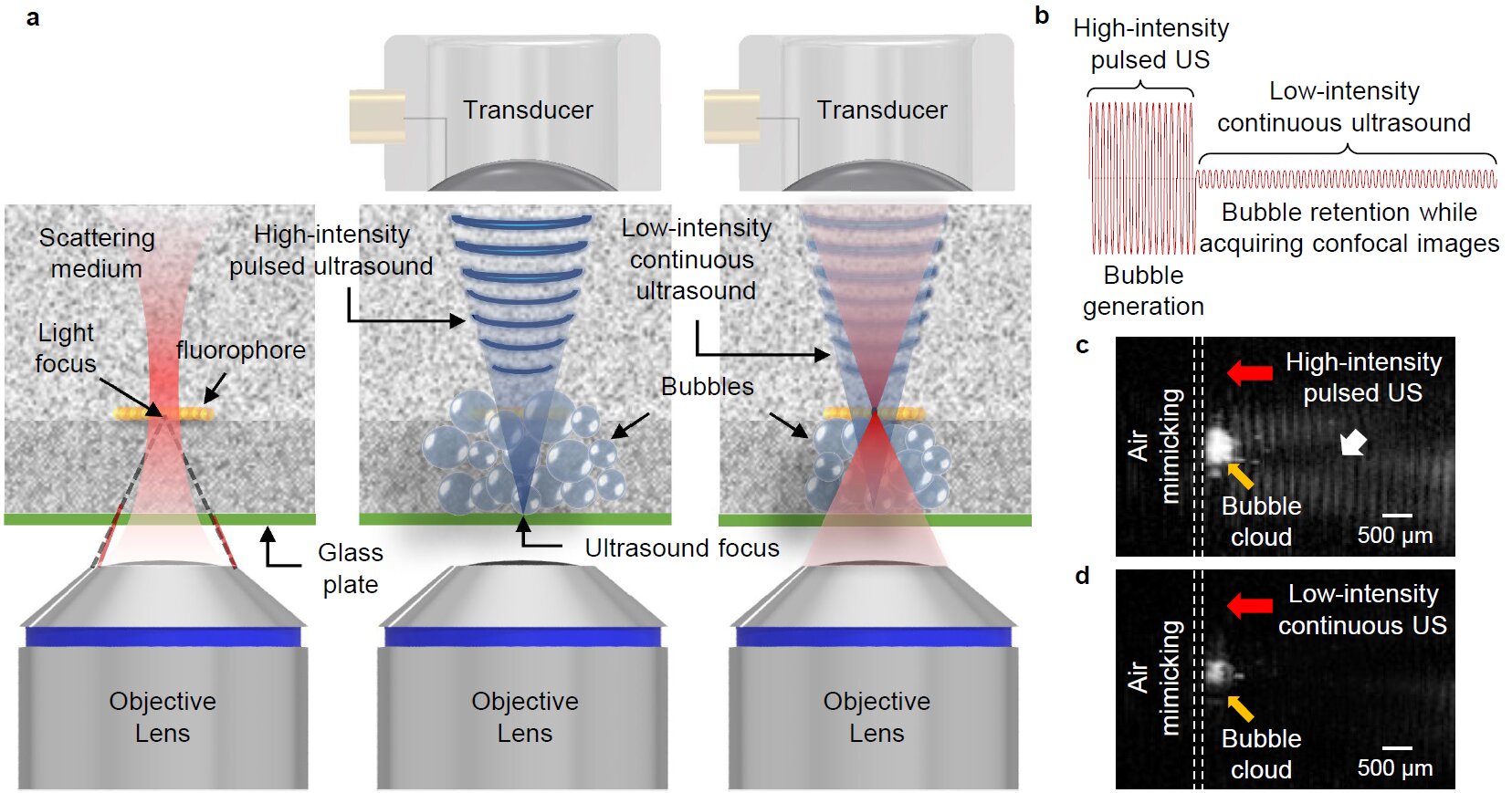Imagine connecting and communicating anywhere on Earth, far from large cell towers. It’s the ultimate communication goal, and Starlink is quietly making it a reality.
However, achieving this feat—seamlessly connecting smartphones and devices regardless of location—is one of the most daunting engineering challenges in history, one that has eluded innovators for decades.
Enter Direct-to-Cell (DtC) technology, led by startups and spearheaded by Starlink. If successful, DtC promises to transform smartphones into their own antennas, potentially rendering traditional network infrastructure obsolete.
Recently, Starlink launched 13 new satellites equipped with DtC capabilities. Despite being experimental, these satellites mark a significant stride toward global connectivity. The move underscores Starlink’s ambitious plans, which remain largely undisclosed.
In January, Starlink achieved a milestone by successfully sending and receiving text messages via DtC satellites, showcasing its progress towards seamless global connectivity.
Despite the complexity, Starlink aims to expand DtC to support voice, data, and IoT devices by 2025, revolutionizing connectivity in even the most remote areas.
While challenges remain—particularly integrating with existing smartphone hardware—Starlink’s innovative approach utilizes standard LTE/4G protocols, potentially paving the way for future compatibility with 5G and beyond.
With thousands of satellites in orbit and leveraging SpaceX’s cost-efficient launch capabilities, Starlink is poised to redefine global communications, setting a new standard for connectivity worldwide.








